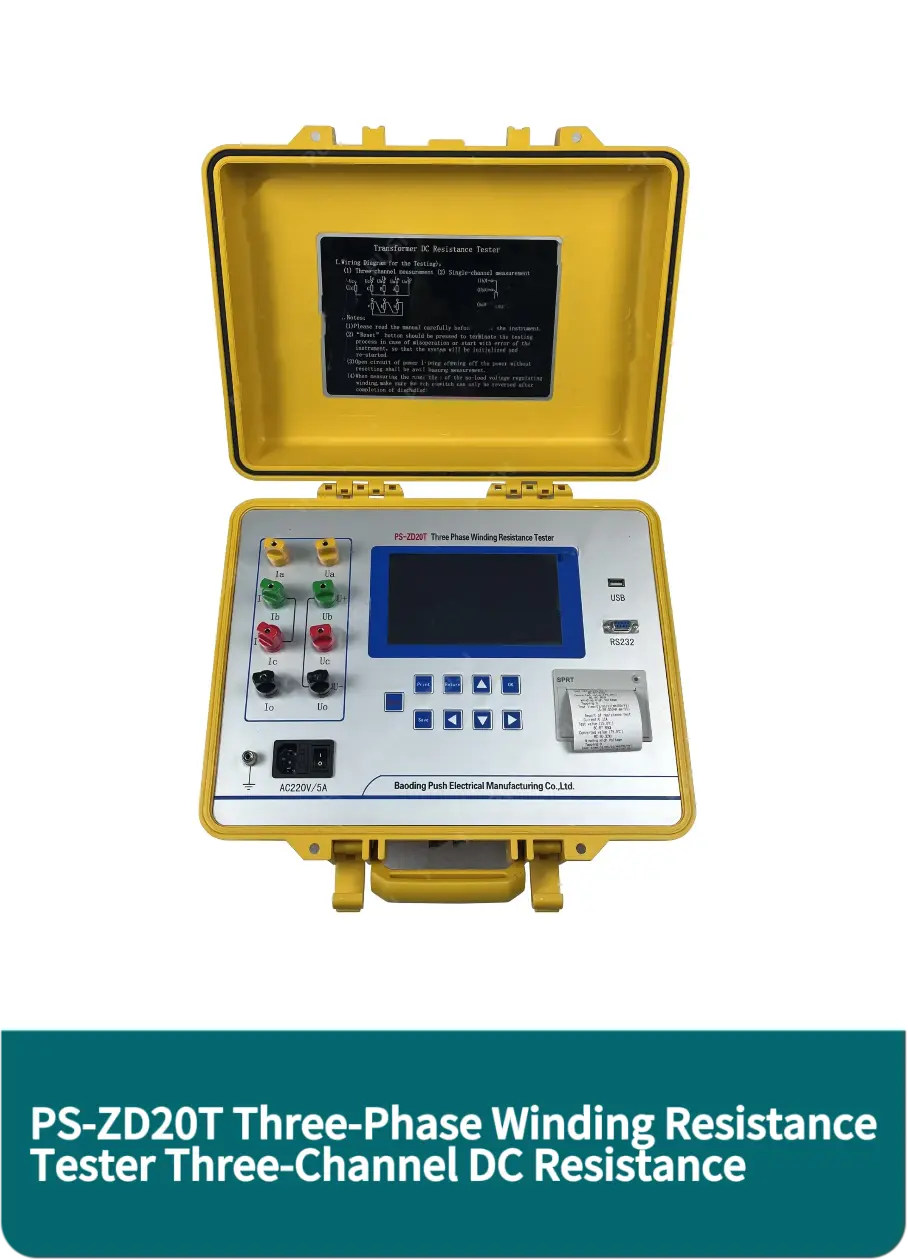TEL:
+86-0312-3189593
 English
English

Telephone:0312-3189593

Email:sales@oil-tester.com

-
 Afrikaans
Afrikaans -
 Albanian
Albanian -
 Amharic
Amharic -
 Arabic
Arabic -
 Armenian
Armenian -
 Azerbaijani
Azerbaijani -
 Basque
Basque -
 Belarusian
Belarusian -
 Bengali
Bengali -
 Bosnian
Bosnian -
 Bulgarian
Bulgarian -
 Catalan
Catalan -
 Cebuano
Cebuano -
 China
China -
 China (Taiwan)
China (Taiwan) -
 Corsican
Corsican -
 Croatian
Croatian -
 Czech
Czech -
 Danish
Danish -
 Dutch
Dutch -
 English
English -
 Esperanto
Esperanto -
 Estonian
Estonian -
 Finnish
Finnish -
 French
French -
 Frisian
Frisian -
 Galician
Galician -
 Georgian
Georgian -
 German
German -
 Greek
Greek -
 Gujarati
Gujarati -
 Haitian Creole
Haitian Creole -
 hausa
hausa -
 hawaiian
hawaiian -
 Hebrew
Hebrew -
 Hindi
Hindi -
 Miao
Miao -
 Hungarian
Hungarian -
 Icelandic
Icelandic -
 igbo
igbo -
 Indonesian
Indonesian -
 irish
irish -
 Italian
Italian -
 Japanese
Japanese -
 Javanese
Javanese -
 Kannada
Kannada -
 kazakh
kazakh -
 Khmer
Khmer -
 Rwandese
Rwandese -
 Korean
Korean -
 Kurdish
Kurdish -
 Kyrgyz
Kyrgyz -
 Lao
Lao -
 Latin
Latin -
 Latvian
Latvian -
 Lithuanian
Lithuanian -
 Luxembourgish
Luxembourgish -
 Macedonian
Macedonian -
 Malgashi
Malgashi -
 Malay
Malay -
 Malayalam
Malayalam -
 Maltese
Maltese -
 Maori
Maori -
 Marathi
Marathi -
 Mongolian
Mongolian -
 Myanmar
Myanmar -
 Nepali
Nepali -
 Norwegian
Norwegian -
 Norwegian
Norwegian -
 Occitan
Occitan -
 Pashto
Pashto -
 Persian
Persian -
 Polish
Polish -
 Portuguese
Portuguese -
 Punjabi
Punjabi -
 Romanian
Romanian -
 Russian
Russian -
 Samoan
Samoan -
 Scottish Gaelic
Scottish Gaelic -
 Serbian
Serbian -
 Sesotho
Sesotho -
 Shona
Shona -
 Sindhi
Sindhi -
 Sinhala
Sinhala -
 Slovak
Slovak -
 Slovenian
Slovenian -
 Somali
Somali -
 Spanish
Spanish -
 Sundanese
Sundanese -
 Swahili
Swahili -
 Swedish
Swedish -
 Tagalog
Tagalog -
 Tajik
Tajik -
 Tamil
Tamil -
 Tatar
Tatar -
 Telugu
Telugu -
 Thai
Thai -
 Turkish
Turkish -
 Turkmen
Turkmen -
 Ukrainian
Ukrainian -
 Urdu
Urdu -
 Uighur
Uighur -
 Uzbek
Uzbek -
 Vietnamese
Vietnamese -
 Welsh
Welsh -
 Bantu
Bantu -
 Yiddish
Yiddish -
 Yoruba
Yoruba -
 Zulu
Zulu
Fév . 15, 2025 08:06
Back to list
PUSH electric astm d92 open cup flash point tester Silicon nitride ignition head
Ensuring the reliability and safety of power transformers is paramount, as they form an integral part of the electrical grid. Optimizing transformer testing at the site is critical to minimizing downtime and extending the lifespan of these vital components. This article explores essential strategies and key benefits of on-site transformer testing, providing insights into industry practices that elevate operational standards.
Authoritativeness in transformer testing is built on rigorous training and adherence to international standards, such as those set by the IEEE and IEC. Professional certification and regular retraining ensure that practitioners are well-versed in the latest industry advancements and safety protocols. Access to authoritative resources enables continuous improvement and innovation in testing techniques. By maintaining alignment with these globally recognized standards, testing teams offer assurance to stakeholders that all procedures conducted on-site are both compliant and of the highest quality. Trustworthiness is paramount in fostering long-term client relationships. Transparency throughout the testing process builds client confidence. Detailed test reports, which present findings in a clear and comprehensible manner, enable informed decision-making. Regular communication ensures that clients are kept abreast of testing outcomes and any recommended remedial actions. Trust is further established through a proven track record of successful transformer management, evidenced by case studies and testimonials from satisfied clients. To sum up, transformer testing at the site is a complex yet critical process requiring a blend of experience, expertise, authoritativeness, and trustworthiness. Mastery in these areas not only assures the optimal functioning of transformers but also fortifies the infrastructure of power transmission networks. Emphasizing these core pillars helps organizations deliver reliable energy solutions, underpinned by reduced risk and enhanced operational efficiency. Transforming site-based transformer testing from a routine check into a strategic asset management tool ultimately contributes to the sustained success of energy providers and their ability to serve communities effectively.


Authoritativeness in transformer testing is built on rigorous training and adherence to international standards, such as those set by the IEEE and IEC. Professional certification and regular retraining ensure that practitioners are well-versed in the latest industry advancements and safety protocols. Access to authoritative resources enables continuous improvement and innovation in testing techniques. By maintaining alignment with these globally recognized standards, testing teams offer assurance to stakeholders that all procedures conducted on-site are both compliant and of the highest quality. Trustworthiness is paramount in fostering long-term client relationships. Transparency throughout the testing process builds client confidence. Detailed test reports, which present findings in a clear and comprehensible manner, enable informed decision-making. Regular communication ensures that clients are kept abreast of testing outcomes and any recommended remedial actions. Trust is further established through a proven track record of successful transformer management, evidenced by case studies and testimonials from satisfied clients. To sum up, transformer testing at the site is a complex yet critical process requiring a blend of experience, expertise, authoritativeness, and trustworthiness. Mastery in these areas not only assures the optimal functioning of transformers but also fortifies the infrastructure of power transmission networks. Emphasizing these core pillars helps organizations deliver reliable energy solutions, underpinned by reduced risk and enhanced operational efficiency. Transforming site-based transformer testing from a routine check into a strategic asset management tool ultimately contributes to the sustained success of energy providers and their ability to serve communities effectively.
Latest news
-
Testing Equipment Industry Sees Major Advancements in 2025: Smart & Precision Technologies Lead the WayNewsJun.06,2025
-
Applications of Direct Current Generators in Renewable Energy SystemsNewsJun.05,2025
-
Hipot Tester Calibration and Accuracy GuidelinesNewsJun.05,2025
-
Digital Circuit Breaker Analyzer Features and BenefitsNewsJun.05,2025
-
Benefits of Real-Time Power Quality Monitoring Devices for Industrial EfficiencyNewsJun.05,2025
-
Earth Fault Loop Testing in High-Rise Building Electrical SystemsNewsJun.05,2025



